Our extra-large special edition is here. Subscribe today and receive the 25% longer issue at no extra cost!
FrankenVania: Building The Perfect Castlevania Game
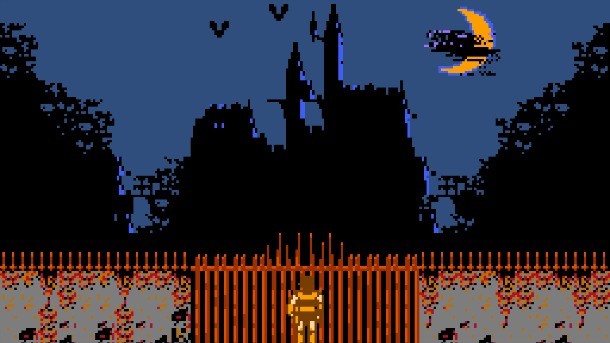
The struggle against Dracula is eternal, spanning console generations and crossing entire genres. MercurySteam is doing exciting new things with the Lords of Shadow trilogy, but the series has turned into something different than what we’ve come to love over the years. What if we took the best parts of the best Castlevania games and merged them into an unbeatable whole?
Progression – Dawn of Sorrow 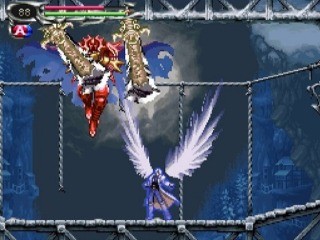
Item drops have given vampire slayers new capabilities ever since Simon got his first lucky axe, but none have done it better than the franchise’s first Nintendo DS outing. Soma’s ability to occasionally absorb the soul of a fallen enemy opened up a whole new world of passive abilities, active attacks, summon spells, and one-off powers like a spectral vacuum cleaner that absorbs HP from opponents.

Weapons – Symphony of the Night
Magic has always been a big part of the hero’s arsenal, but super-powered fireballs can’t beat having a trusty weapon at your side. Symphony of the Night has a lot of features worth stealing, but its weapon design is particularly inspired. Daggers and fist weapons sacrifice range for speed, while two-handed swords leave Alucard vulnerable to attacks during their long animations but hit like trucks. Most importantly, though, unique weapons like the Chakram throwing rings, madly overpowered Shield Rod, and room-clearing Runesword break all the rules and let players experiment with entirely new playstyles.
No matter how crazy the selection gets, though, no Castlevania game could be considered perfect without the Vampire Killer.
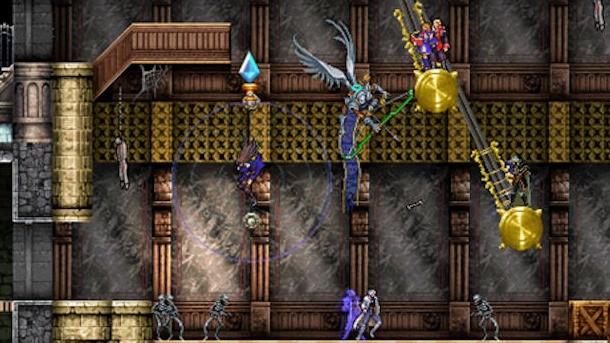
Multiplayer – Harmony of Despair
The almost exclusively multiplayer downloadable title wasn’t what Castlevania fans were expecting or asking for, but the concept of letting players team up and simultaneously fight through enormous levels or even an entire castle is incredible. A separate co-op mode built for two to four players, with playable heroes taken from the series’ entire history, would be a lovely addition to the ultimate Castlevania game.
Level Design – Super Castlevania IV
You’re not drunk – the room is really spinning. This title’s use of the SNES’s Mode-7 capabilities blew away our conceptions of what a 2D platformer level could be. Castlevania has always been at its best when blending traversal with combat, and bending the rules like this 16-bit outing does is the ideal way to keep both of those elements fresh.
[Next up: Boss fights, soundtracks, and heroes.]
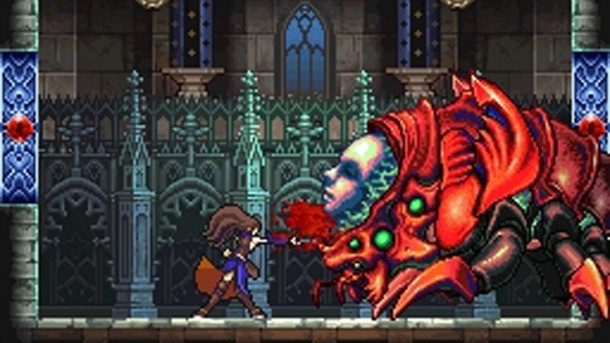
Bosses – Order of Ecclesia
Room-filling bosses are one thing. Battles that take place down the length of a tower that rises from the ground floor to the very top of the castle are quite another. Order of Ecclesia throws out the rulebook for what a Castlevania boss could be, and we love the game for it. These colossal fights get additional credit for allowing players to approach them with different plans, all of which can work if you’re skilled enough with your chosen tactics, instead of demanding specific sets of gear or resistances to cheat a deck that starts stacked against you.
Heroes – Castlevania III: Dracula’s Curse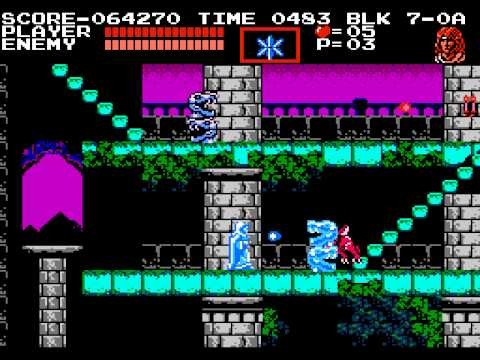
Switching between heroes has been done since the series’ final NES appearance, but as great as Portrait of Ruin is, it doesn’t quite capture the magic of these four radically different playable characters. High-jumping, wall-climbing Grant can sneak past nasty enemies and skip entire difficult platforming sequences. Alucard’s bat form is a nearly perfect get-out-of-jail-free card. Syfa’s devastating spells tear apart bosses, as long as you can keep her fragile form out of danger. Trevor Belmont stoically grunts through evil assaults that would kill lesser men, and his diverse toolkit of sub-weapons is the Swiss army knife of monster slaying. Add in how different the game is when played through with a different companion for Trevor (not to mention the multiple paths those choices send you down), and this is an easy choice for the ultimate Castlevania.
Soundtrack – Everything Prior to Lords of Shadow
This isn’t so much a knock on Lords of Shadow’s score, which is a perfectly fine movie-style orchestral backdrop for vampire-killing action. Rather, this is a nod to one of video gaming’s iconic aural landscapes, which a long line of composers (most notably the talented Japanese composer and musician Michiru Yamane) have maintained and updated with new tunes while retaining the franchise’s singular dark gothic style. With the exception of the most recent entry in the series, you would never mistake a Castlevania soundtrack for a film score or anything else, and that’s the way it should always be.

Plot – Castlevania
Yes, yes, Lords of Shadow has a serviceable storyline with a decent twist. The simple fact of the praise heaped upon that title for having a plot that isn’t actively terrible should tell you everything you need to know about Castlevania’s relationship with storytelling over the years. Do we really need to know anything beyond the fact that there’s an evil master vampire at the heart of an extradimensional castle overflowing with evil? No. No, we do not.
Dimensions – Two
You didn’t honestly think there could be any other answer, did you?

Get the Game Informer Print Edition!
Explore your favorite games in premium print format, delivered to your door.
- 10 issues per year
- Only $4.80 per issue
- Full digital magazine archive access
- Since 1991









